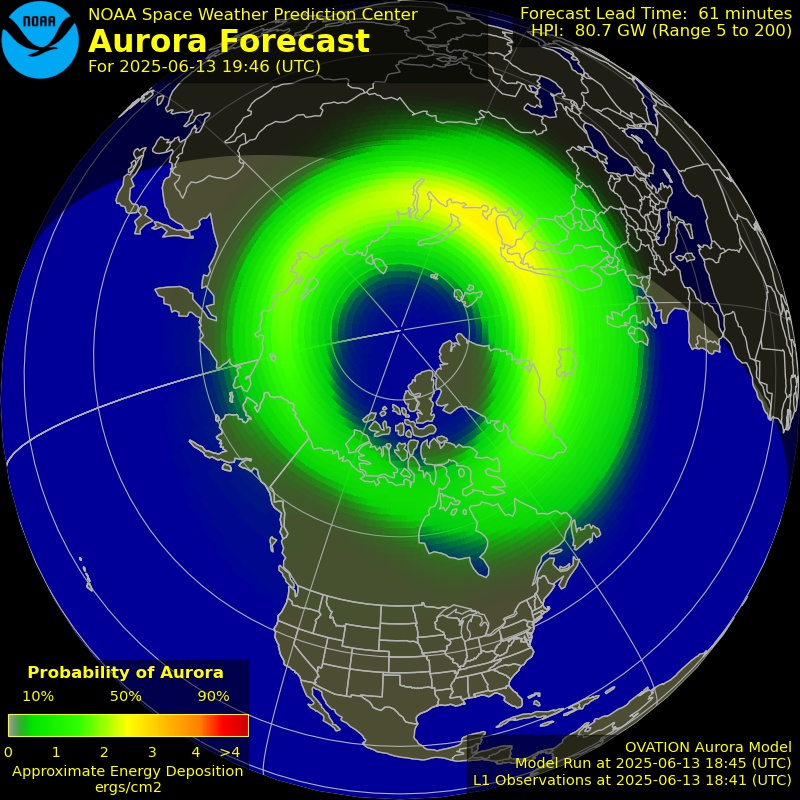Researchers tackle brainworm epidemic in northern Minnesota moose population
Jun 23, 2019 07:36AM ● By EditorBy Steve Hoffman from The Grand Forks Herald - June 21, 2019
Funding from the Minnesota Environment and Natural Resources Trust Fund will enable researchers from the University of Minnesota, Grand Portage Band of Lake Superior Chippewa and Virginia Tech University to improve moose survival by mapping the spread of brainworm in northern Minnesota.
Five years of data (collected from 2013–2018) revealed that brainworm is responsible for 25-33 percent of moose mortality in the declining Minnesota population.
“Historically, moose were the primary subsistence species to the Grand Portage Band of Lake Superior Chippewa,” said Seth Moore, director of biology and environment at the Grand Portage Band.
“But harvest has declined in recent years following declines in Minnesota moose populations,” he added. “Researching moose health and sustainability with the intent to improve management is critical to reversing the declining trend.”
From deer to slugs to moose
Brainworm is spreading to moose in northern Minnesota by the increased population of white-tailed deer in the region — the result of warming temperatures due to climate change. Milder winters and shallower snow depths have increased deer survival rates.
White-tailed deer excrete brainworm larvae in their pellets. The larvae then mature in an intermediate host — one of several species of terrestrial snails and slugs — before becoming infectious to moose.
Moose ingest infected snails when they browse vegetation. The mature larvae eventually tunnel through an infected moose’s brain and spinal tissue, resulting in neurological disease and often death.

Researchers will track brainworm’s movement across moose and deer habitats near Grand Portage, Minn. They hope to identify the natural landscape and climate barriers that slow the spread of brainworm then exploit those obstacles in future mitigation efforts.
“There is some reluctance to reduce deer density to the level that would halt the spread of brainworm from deer to moose,” said Tiffany Wolf, assistant professor of Veterinary Population Medicine at the University of Minnesota College of Veterinary Medicine.
“The transmission of this parasite requires a third host, and that presents additional opportunities to impact transmission,” she said. “It’s a complex pathway, and there are a lot of gaps in our knowledge about where and when transmission to moose occurs. But, thanks to this (funding), we have an opportunity to close some of those gaps.”
A three-year plan
The Minnesota Legislature recently approved roughly $400,000 for the project over the course of three years, beginning in 2020 and ending in 2022.
During the first phase, researchers will identify areas where moose and deer overlap. Then they will categorize the landscape and climatic characteristics in those areas. The goal is to create a risk map that illustrates where brainworm is most likely to be transmitted between the two species.

In the second year, researchers will collect deer and moose pellet samples to identify and quantify snail and slug species. They will then identify which species are most often consumed by moose in each type of habitat.
Finally, the scientists will map the parasite’s genetics to identify transmission patterns. They will collect fecal samples from various habitats in Grand Portage, where a high density of deer are currently being studied. This will enable scientists to identify — and eventually leverage — the natural barriers that limit the parasite’s spread.
To read the original article and read related reporting, follow this link to the Grand Forks Herald website. https://www.grandforksherald.com/sports/outdoors/2722868-Researchers-tackle-brainworm-epidemic-in-no...

